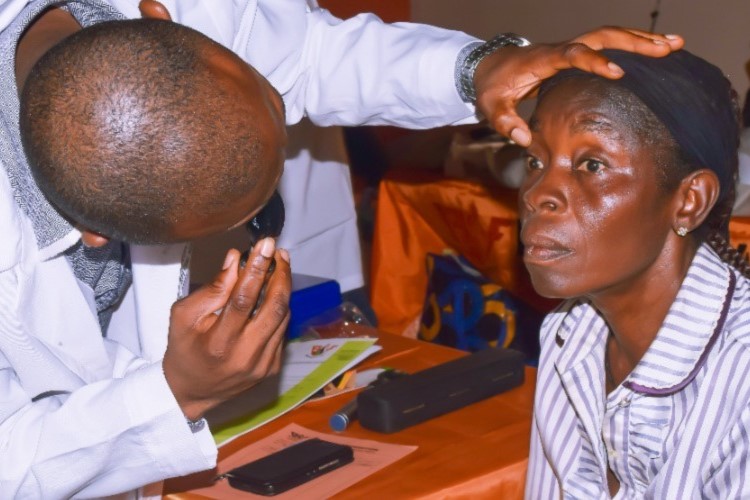Acanthamoeba meets its match
A new international clinical trial of two strategies to treat Acanthamoeba keratitis (AK) found they each cured 87% of patients.
Led by Professor John Dart, UCL Institute of Ophthalmology and Moorfields Eye Hospital, the Phase 3 trial involved 127 AK patients and compared 0.08% polihexanide (PHMB) as a monotherapy to a widely used dual therapy of 0.02% PHMB with propamidine. Having followed a detailed drug delivery protocol, researchers reported medical cure rates of 110/127 (87%) overall and for each treatment individually.
The dual therapy was more effective than usual in this trial because clinicians were strictly following a set treatment protocol, said researchers. The new monotherapy also has advantages over the dual therapy as its simplicity reduces the risk of errors in practice.
PHMB (0.02%) has been an effective and widely recommended unlicensed therapy but many clinicians have trouble accessing it. Also, mistakes in formulation can sometimes lead to poor results and the lack of a proven treatment protocol has resulted in wide variations in how the drug is used and in treatment outcomes, said Prof Dart. “We hope that our new robust findings with polihexanide 0.08% (Akantior) will be a game changer for AK treatment by improving access and the consistency of treatment, addressing currently unmet patient needs.”
According to Drs Haitham Al-Mahrouqi and Corina Chilibeck’s 2021 NZ Optics feature, Acanthamoeba can remain in cystic form for years, the infection can rebound and prognosis is poor when it penetrates deep into the corneal stroma. In such cases, even if eradication is successful, the resultant scarring may warrant corneal transplantation, they said.



























